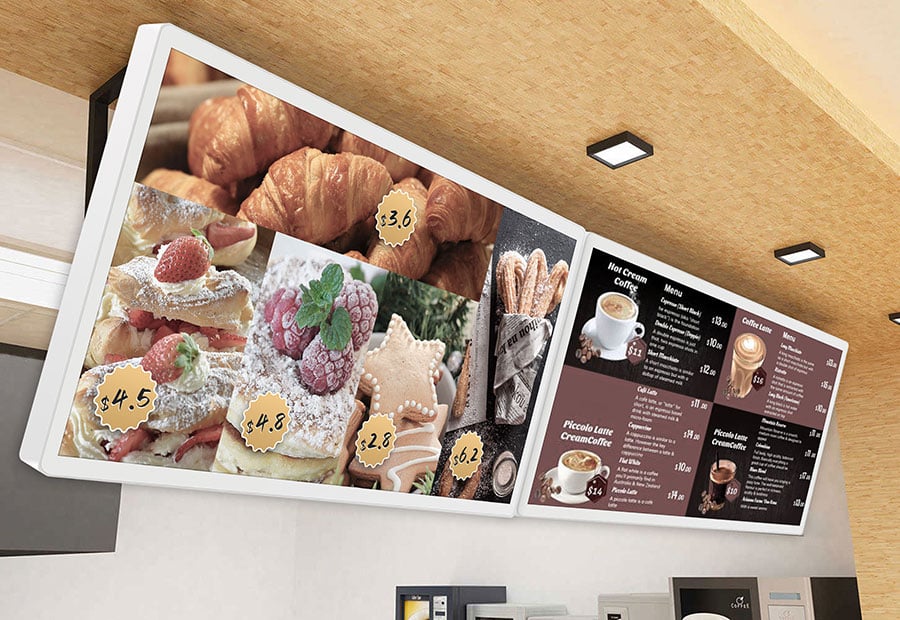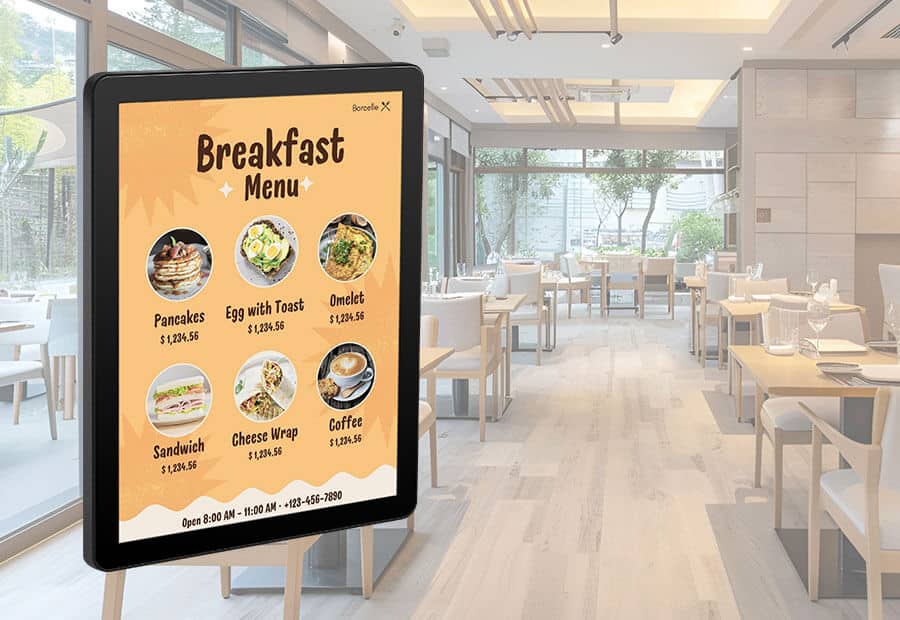Electronic Paper Displays in Education and Beyond
Electronic Paper Displays in Education and Beyond
Blog Article
The Environmental Benefits of Using Electronic Paper Displays
Display technology is becoming an important element of our daily lives, showing in sets from smartphones and e-readers to large-scale promotion panels. One of the diverse array of E paper display, OLED (Organic Light-Emitting Diodes), and LED (Light-Emitting Diodes) have appeared as some of the most commonly discussed options. While each type provides a unique distinctive purpose, their variations in features, effectiveness, and use cases cause them to become suited to unique applications. Let's have a closer go through the important characteristics of the display technologies.
Electronic Paper displays (ePaper)
Electronic Paper displays, also known as ePaper or Electronic Ink displays, are designed to mimic the appearance and readability of old-fashioned Ink on paper. That engineering employs tiny microcapsules containing priced dark and white contaminants halted in an obvious fluid. When a power area is used, the contaminants go on to either side of the capsule, making an obvious image. The image remains static until yet another electrical subject is used, making it well suited for presenting text-based content such as for example publications, newspapers, and e-readers.

One of the main advantages of ePaper displays is their reduced power consumption. Unlike conventional LCD
Knowledge Electronic Paper displays
An electric Paper display (ePaper) mimics the looks of Ink on paper. Unlike old-fashioned displays, ePaper depends on its capability to reflect surrounding mild rather than emitting its own. This technology not only minimizes eye stress but also provides unmatched readability in sunlight, making it ideal for e-readers and digital signage solutions.
One standout feature of ePaper displays is their amazingly reduced power consumption. Because they only use energy when changing content, ePaper screens are extremely successful and suited to battery-powered devices. However, their refresh prices are slower compared to OLED and LED displays, restraining their applicability to fixed or minimally energetic content.
OLED displays
OLED displays are known for their gorgeous visual quality, providing vivid shades, heavy greens, and exceptional contrast. Each pixel in a OLED display produces its light, eliminating the necessity for a backlight. That not merely enables finer, more light types but in addition benefits in greater power efficiency in comparison to LED in certain scenarios.
One critical advantage of OLED displays is their flexibility. They may be made in bent or foldable types, creating them popular in cutting-edge smartphones and wearable devices. But, OLED screens come with difficulties, such as for instance susceptibility to burn-in and smaller lifespans in comparison to other technologies.
LED displays
LED displays, the most typical of the three, rely on a backlit process to light their pixels. While not as successfully impressive as OLED E ink sign, LEDs are highly durable, long-lasting, and cost-effective. These qualities cause them to become ideal for a larger array of applications, including TVs, pc screens, and outside advertising.
LED displays usually perform properly when it comes to perfection, making them a good choice for situations with large surrounding light. But, they fall short in reaching exactly the same heavy contrast and shade precision as OLED technology.

Ultimate Comparison
When choosing between ePaper, OLED, and LED displays, the option depends largely on the supposed purpose. For fixed material like examining or signage, ePaper excels having its reduced power use and large exposure in natural light. OLED shines in programs where lively colors and flexibility are paramount. Meanwhile, LED remains a trusted and cost-efficient alternative for a variety of general-purpose needs.
Each display engineering brings something unique to the desk, ensuring that there's a great choice for every situation. Understanding these variations will help people and organizations produce informed decisions that match their certain display requirements. Report this page